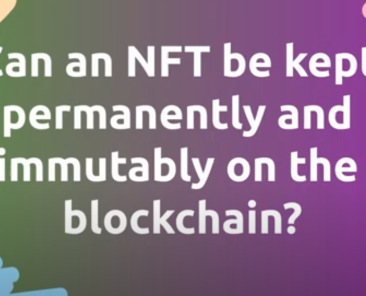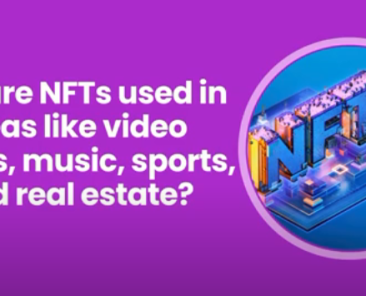While an NFT (Non-Fungible Token) itself can be stored on the blockchain permanently and immutably, the content associated with the NFT, such as images, videos, or other files.
Curious about how NFTs are shaping industries beyond art?
When you own Bitcoin, it is stored in a digital wallet that holds a pair of cryptographic keys: a public key and a private key.
If you’ve ever wondered what really drives the price of Bitcoin and other cryptocurrencies, this video is a must-watch!
In just a few minutes, you’ll learn the key factors that influence crypto prices — from supply and demand to global news, government regulations, and even whale activity

Learn more by exploring in the world of digital assets





